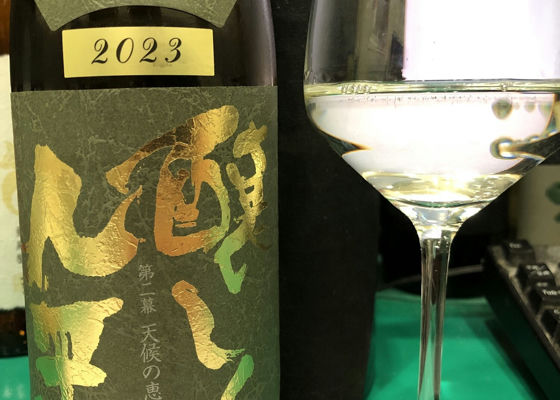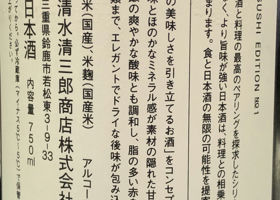
ariccy
Next is a classic.
The rice used is Yamadanishiki and Kame-no-o, with Yamadanishiki as the malted rice and Kame-no-o as the finished rice, and fermented with natural yeast with no yeast additives.
The bubbles when pouring are clearly more abundant than in the Modern.
The aroma is quite mild.
There is only a slight banana-type ginjo aroma.
In the mouth, there is definitely quite a bit of carbonation.
Other than the carbonation, there is not much acidity, and the flavor is mild with a slight banana taste.
Simple taste, but easy to drink and delicious!
Especially compared to Modern, it is not sweet and has carbonation, so it is much easier to drink.
Normally I prefer the sweeter one, but this time I have to say they each have their own strengths
A very clean and tasty sake that doesn't feel like a natural sake!
Japanese>English



















